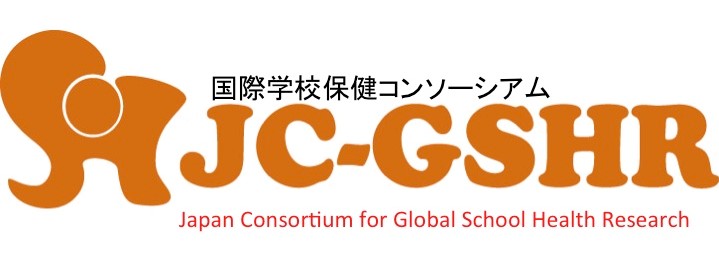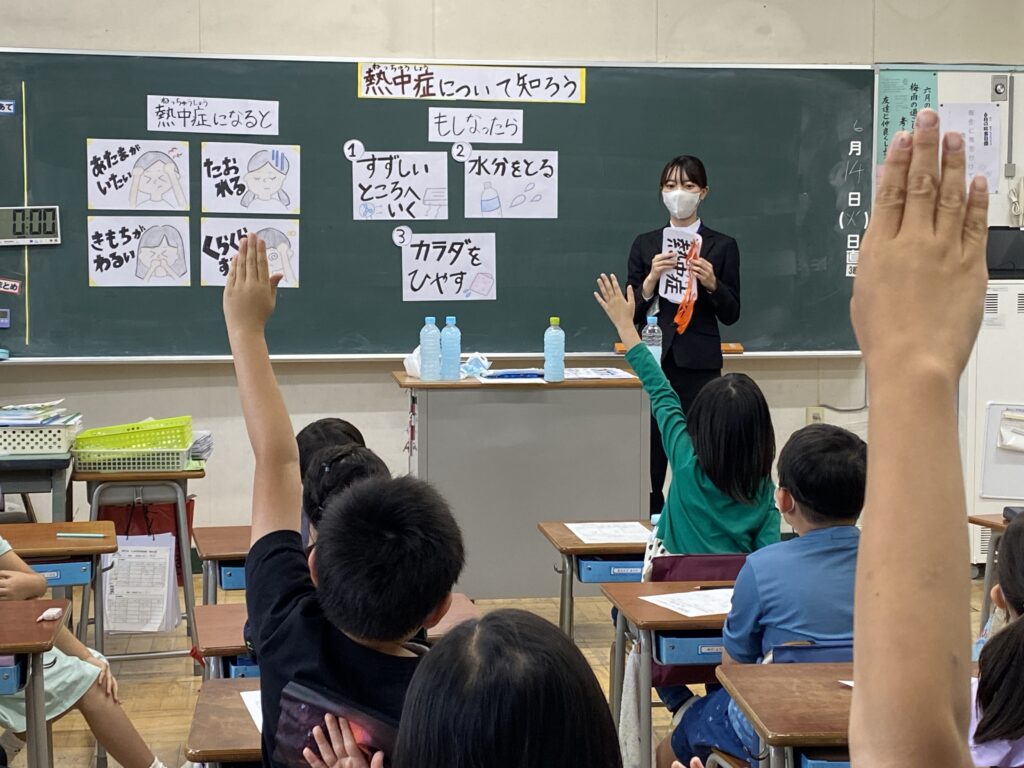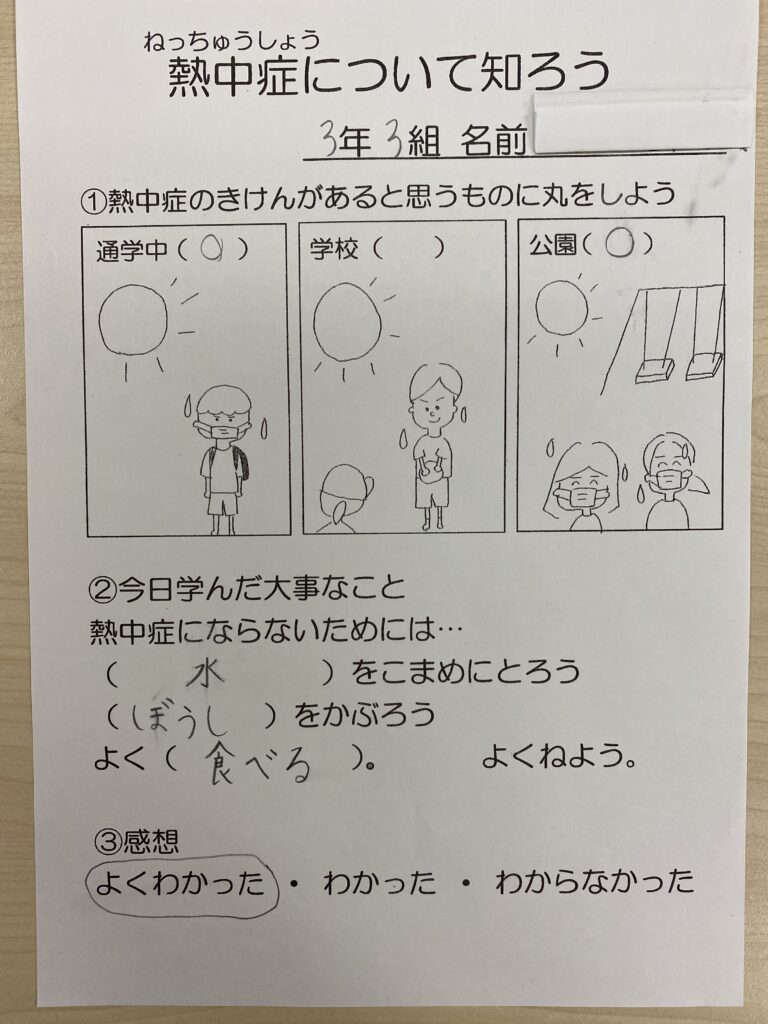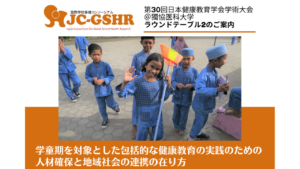Training to become a yogo teacher
Reporting day: 2022/06/27/
Reporter: Keiko Nakayama
My name is Keiko Nakayama, a second-year student in the International Health Development Satellite Course, Graduate School of Tropical Medicine and Global Health, Nagasaki University. I am also working as a yogo teacher (school nurse) at an elementary school.
From May 30 to June 17, I was in charge of a training program for the university student who want to be a yogo teacher. Yogo teacher is a unique Japanese profession in school. In this article, I would like to introduce the training program.
To work as a yogo teacher, obtaining a yogo teacher's license is necessary. Generally, this can be obtained by graduating from a university, junior college, or vocational school with a course in education, health, or nursing that trains yogo teachers. The training program is required by law.
I focused on three points for the training. (1) More interaction with children, (2) Try to have health lessons for children, (3) To have the university student experience the difficulties of the school.
(1) More interaction with children
Although yogo teachers do not have classes, I wanted the university student to see a wide range of children, not just those they encounter in the health room. The university student spend time in the classroom during the morning meeting, lunch preparation, cleaning, and lunch break interacting with the children. Information obtained in the infirmary (the condition of the children) is not enough to understand the children, which is an essential basis for providing support to the children. I provided opportunities to deepen understanding of children through interactions with them in various situations.
(2) Try to have health guidance for children
Health lessons were given to 3rd graders on the theme of heat stroke—introduction with a quiz on the amount of sweat. The students were encouraged to learn about the symptoms, first aid, and prevention of heat stroke through discussion activities and role-plays.
(3) To have the university student experience the difficulties of the school.
During the training in the health room, the university student also had to deal with injured or unwell children. I believe that the university student had difficulty assessing the situation and providing proper first-aid treatment from the standpoint of neither a doctor nor a nurse. I also wanted the university student to understand that yogo teacher have various roles to act, including courteous parental care and support for children with diverse needs. To the extent possible, I tried to convey these points to the university student so that the university student could see the actual school.
Although it was only for a short period of three weeks, I hoped that the university student would be able to experience the difficulties of working in a school setting and the joys and pleasures of interacting with children. I hope that in the future, she will be able to work for the happiness of children at school.
投稿者プロフィール
最新の投稿
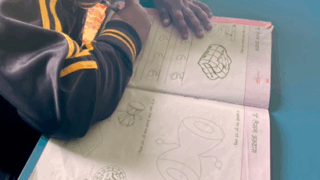 Activity Report2025-12-22Field Research Report on CSE and ECD in Nepal
Activity Report2025-12-22Field Research Report on CSE and ECD in Nepal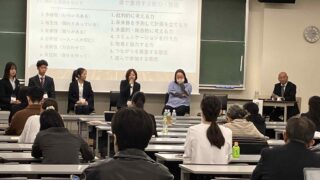 Activity Report2025-12-05The symposium “Planetary Health: From Schools to Communities.”
Activity Report2025-12-05The symposium “Planetary Health: From Schools to Communities.”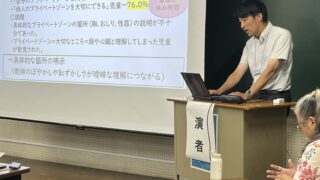 お知らせ2025-08-04Frontiers of Sexuality Education in Schools in Asia and Japan: Current Situation andChallenges in Dissemination of Comprehensive Sexuality Education and Safety Education for life
お知らせ2025-08-04Frontiers of Sexuality Education in Schools in Asia and Japan: Current Situation andChallenges in Dissemination of Comprehensive Sexuality Education and Safety Education for life- Member2025-07-22Kaede Tabira
